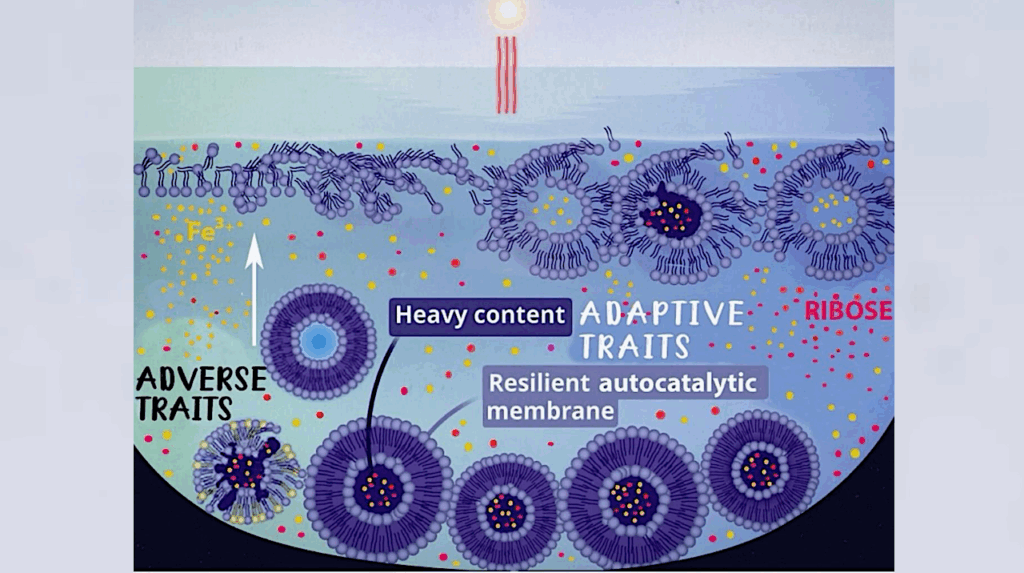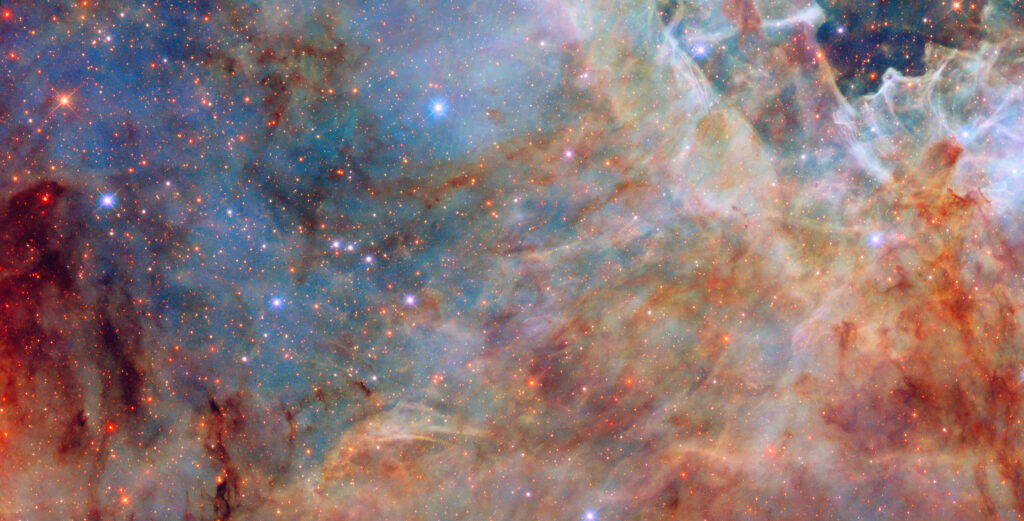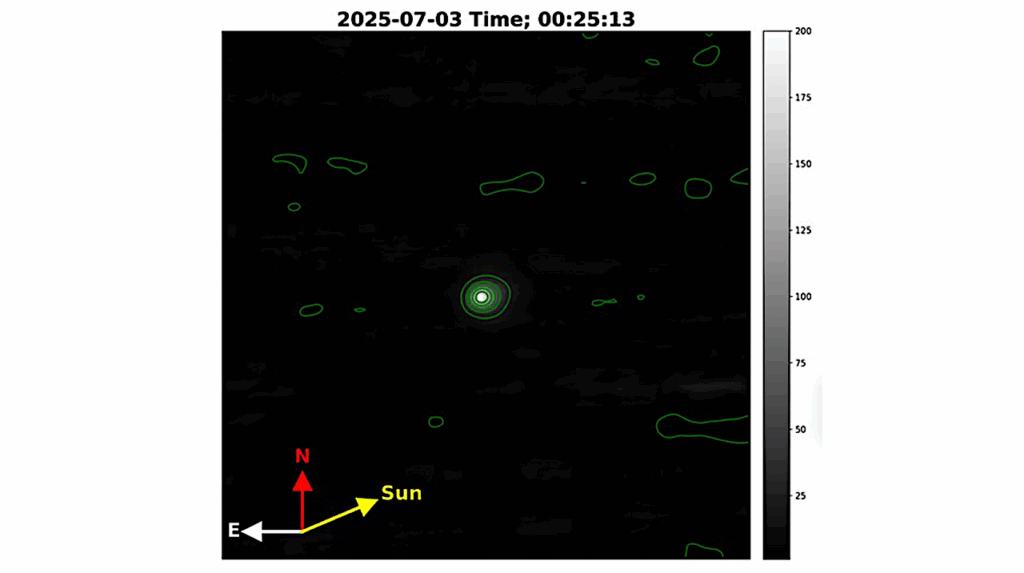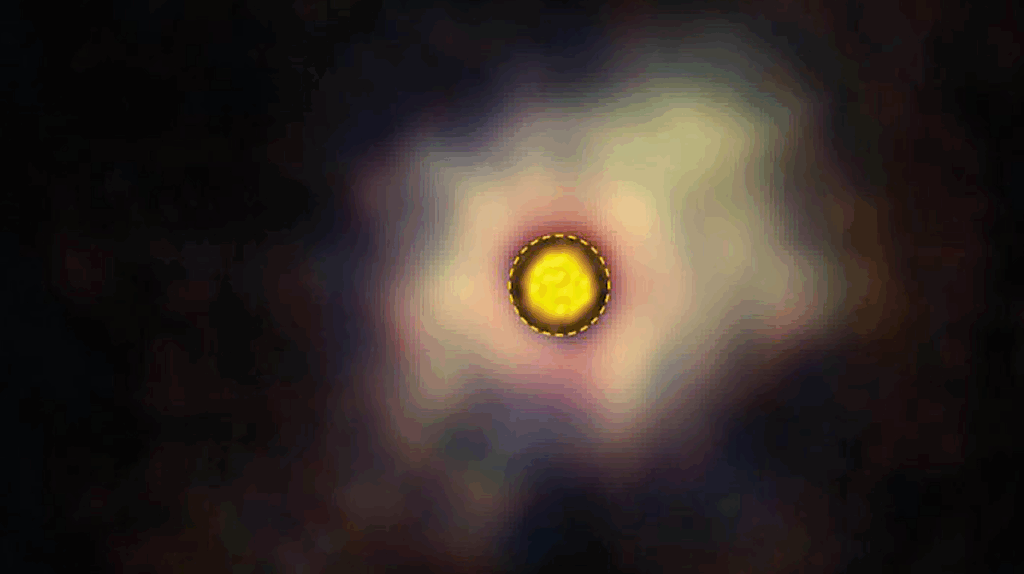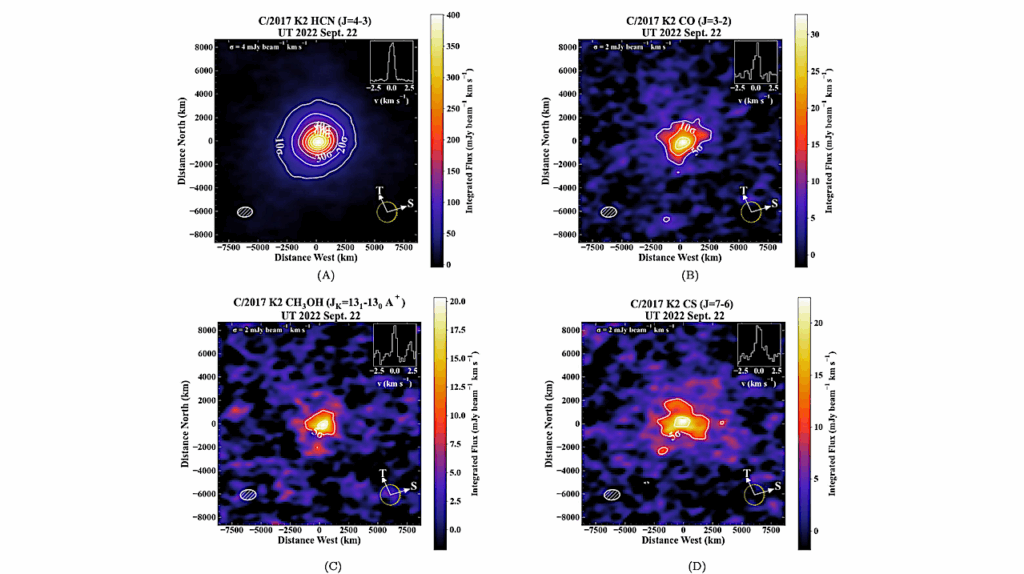Bayesian Inference On The Isotopic Building Blocks Of Mars And Earth

Isotopic anomalies provide a means of probing the materials responsible for the formation of terrestrial planets. By analyzing new iron isotopic anomaly data from Martian meteorites and drawing insights from published data for O, Ca, Ti, Cr, Fe, Ni, Sr, Zr, Mo, Ru, and Si, we scrutinize potential changes in the isotopic composition of the material accreted by Mars and Earth during their formation.
A Principal Component Analysis of isotopic anomalies in meteorites identifies three main clusters (forming the three parts of the isotopic trichotomy): CI, CC=CM+CO+CV+CR, and NC=EH+EL+H+L+LL.
Our results suggest that Earth is primarily an isotopic mixture of ~92% E, 6 % CI, and <2% COCV and O. Mars, on the other hand, appears to be a mixture of ~65% E, 33% O, and <2% CI and COCV. We establish that Earth’s CI contribution substantially increased during the latter half of its accretion. Mars began accreting a mix of O and E but predominantly accreted E later.
Mars’ changing isotopic makeup during accretion can be explained if it underwent gas-driven type I migration from its origin near the O – E boundary to a location well within the E region during the first few million years of solar system history. Earth’s later increased CI contribution may be attributed to the stochastic impact of an interloper carbonaceous embryo that moved inside the inner solar system region while nebular gas was still present, and subsequently participated in the stage of chaotic growth.
The recent findings of Si isotopic anomalies in enstatite chondrites when compared to terrestrial rocks likely stems from insufficient correction for high-temperature equilibrium isotopic fractionation. With appropriate adjustments for this influence, both the silicate Earth and enstatite chondrites exhibit comparable Si isotopic anomalies, reaffirming a genetic link between them.
Nicolas Dauphas, Timo Hopp, David Nesvorny
Comments: In press, Icarus
Subjects: Earth and Planetary Astrophysics (astro-ph.EP); Solar and Stellar Astrophysics (astro-ph.SR)
Cite as: arXiv:2309.15290 [astro-ph.EP] (or arXiv:2309.15290v1 [astro-ph.EP] for this version)
Related DOI:
https://doi.org/10.1016/j.icarus.2023.115805
Focus to learn more
Submission history
From: Nicolas Dauphas
[v1] Tue, 26 Sep 2023 22:02:25 UTC (3,531 KB)
https://arxiv.org/abs/2309.15290
Astrobiology


